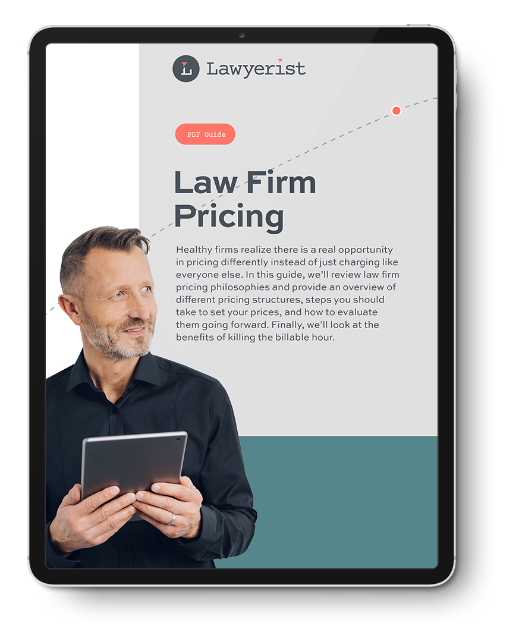Clients Like Options
In the past, firms that billed by the hour offered a single price for every client and every matter. Except for an occasional discount or special arrangement, if a client wanted to hire Attorney X to represent her, she would be expected to pay Attorney X’s hourly rate multiplied by the time spent on her case.
This leaves few options for the client. It also isn’t necessarily the way most people purchase things in the world.
For example, if you want to buy a refrigerator, you understand different models come with different price tags. If you want crushed ice out of a dispenser on the door, you expect to pay more than the basic model. Even further, if you want to tap the door to illuminate a beverage tray, you know the price continues to increase. Maybe you even want WiFi. It’s easy to equate the value of these features and make a decision that justifies why you are (or aren’t) willing to pay more.
Law firms are served by employing a similar philosophy. Instead of just offering one price, law firms could have different offerings at different prices. If the client isn’t ready for the bespoke, top-end representation, you could offer them a limited-scope offering (more on that in Chapter 2) at a lower price. Or it could be that after seeing the limited-scope offering at the lower price, they better understand and appreciate the value in the higher-priced option. Either way, you also have a better chance of having the client hire you instead of going to your competitor.
As you read through the various pricing models discussed in this Guide, keep in mind that you could offer more than one.
